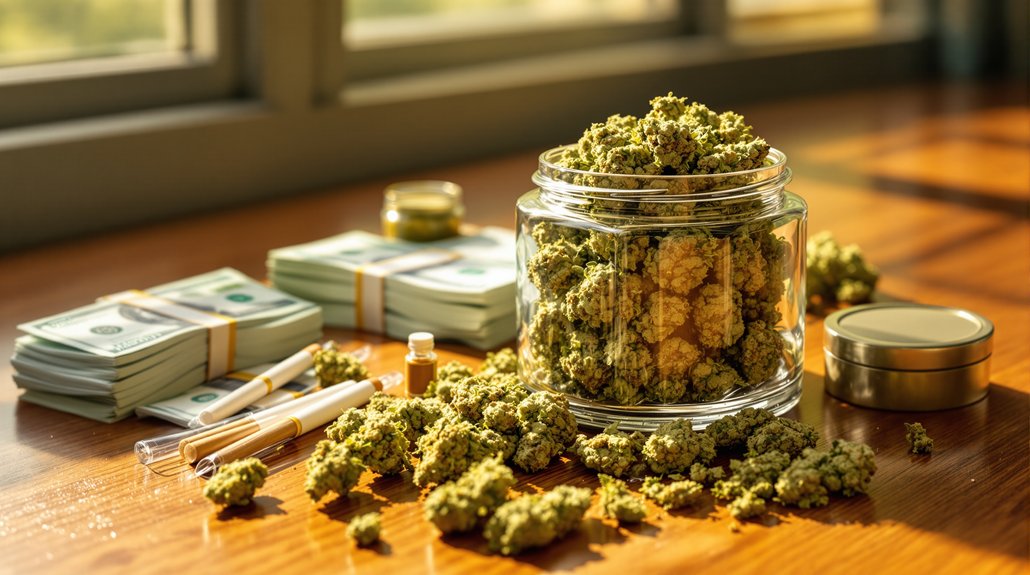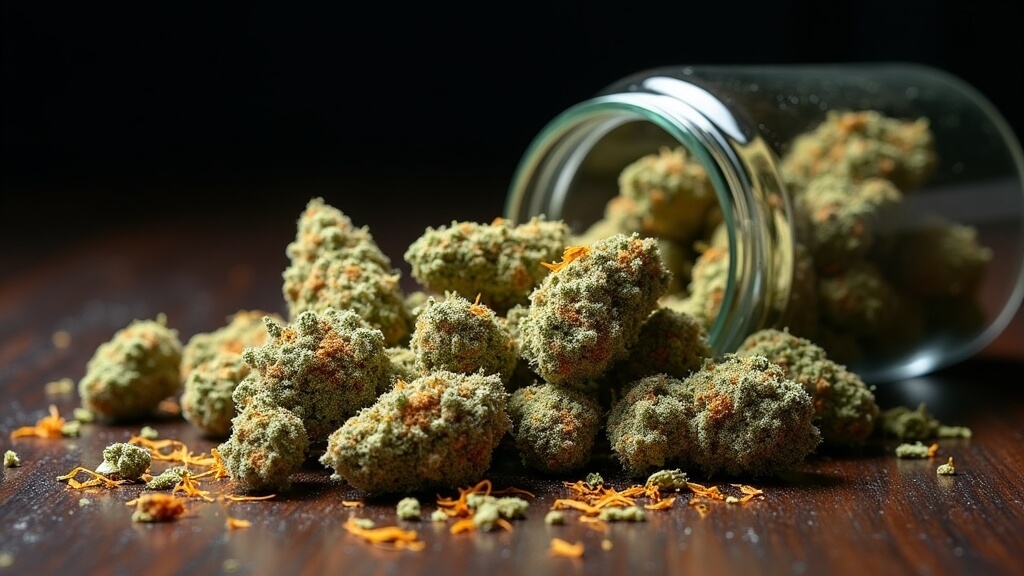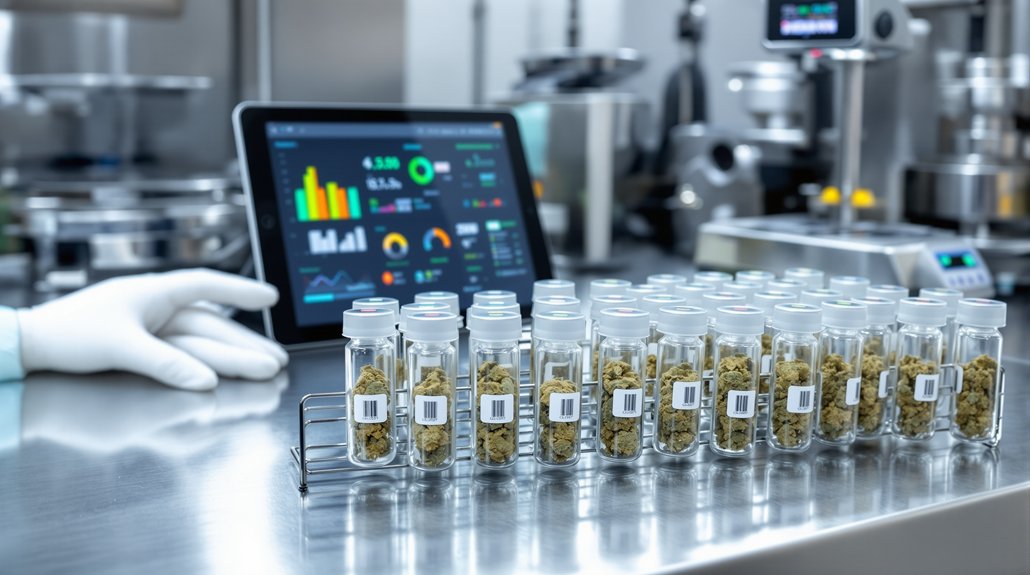Ohio’s recreational marijuana market has delivered exceptional results in its inaugural year, with adult-use sales reaching $702.5 million and surpassing initial industry projections by more than $52 million. The robust performance indicates strong consumer demand and suggests the state’s cannabis market will continue expanding rapidly in coming years.
The market’s success stems from overwhelming consumer adoption, with over 12 million transactions recorded since the adult-use launch. Recreational sales generated approximately 9 million of these transactions, while medical marijuana accounted for 3 million. Daily recreational sales average $1.8 million compared to $925,000 for medical sales, demonstrating that recreational consumption roughly doubles medical usage patterns.
When combined with medical marijuana revenue, Ohio’s total cannabis sales are projected to surpass $1 billion by the end of 2025. Total marijuana sales since legalization began now stand at approximately $2.85 billion, with recreational sales representing nearly one-fourth of all-time revenue despite operating for only one year. Adult-use marijuana captures 71% of total marijuana sales, establishing recreational consumption as the dominant market segment.
The state’s 159 dual-use dispensaries, which serve both recreational and medical customers, drove this rapid expansion. These existing medical marijuana dispensaries received priority for adult-use sales licenses, enabling quick market deployment. Over 4 million units of manufactured cannabis products were sold during the first year, along with 32,487 pounds of plant material distributed throughout 2024. Dispensaries implementing seed-to-sale traceability systems have significantly improved regulatory compliance and operational efficiency across the state.
Ohio’s taxation structure substantially benefits state coffers, with a 10% excise tax on recreational sales and 5.75% state sales tax on all cannabis products. The $653 million in recreational sales generated approximately $65.3 million in excise tax revenue alone, excluding additional state and local taxes. Medical marijuana purchases remain exempt from the excise tax.
Tax revenue flows into four designated state programs: the Cannabis Social Equity and Jobs Fund receives 36%, the Host Community Cannabis Fund gets 36%, the Substance Abuse and Addiction Fund receives 25%, and Division of Cannabis Control administration takes 3%.
Competitive market forces have driven considerable price reductions, benefiting consumers and spurring transaction volumes. Average marijuana flower prices dropped from $9.40 per gram at market opening to $6.61 in July 2025. This price compression across both plant material and manufactured products contributed to exceeding initial sales projections.
The recreational market launched after Issue 2 passed with 57% voter approval in November 2023. State lawmakers have not enacted additional restrictions or regulatory changes, allowing the market to develop with minimal interference. The strong first-year performance establishes Ohio as a prominent player in the national cannabis industry. Efforts to expand the number of licenses have stalled in the state capital, creating regulatory bottlenecks that slow new business opportunities.






